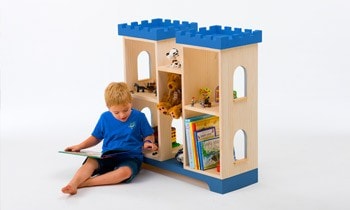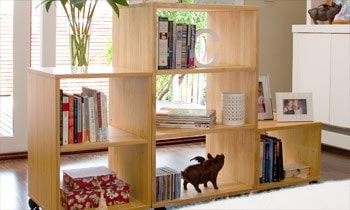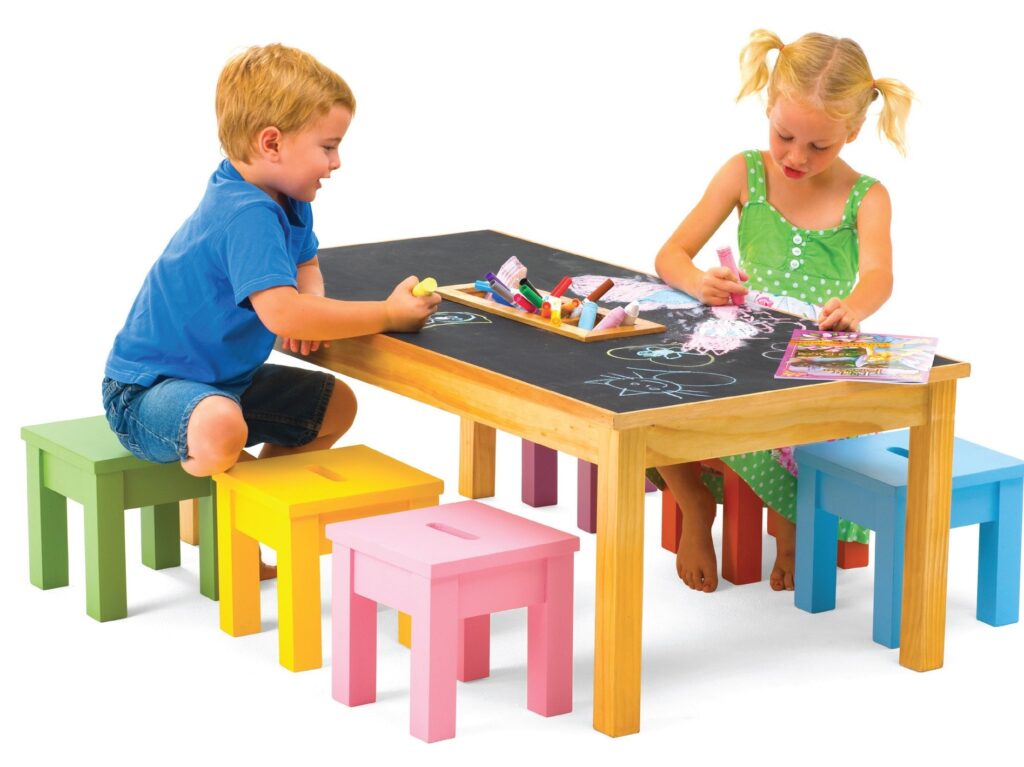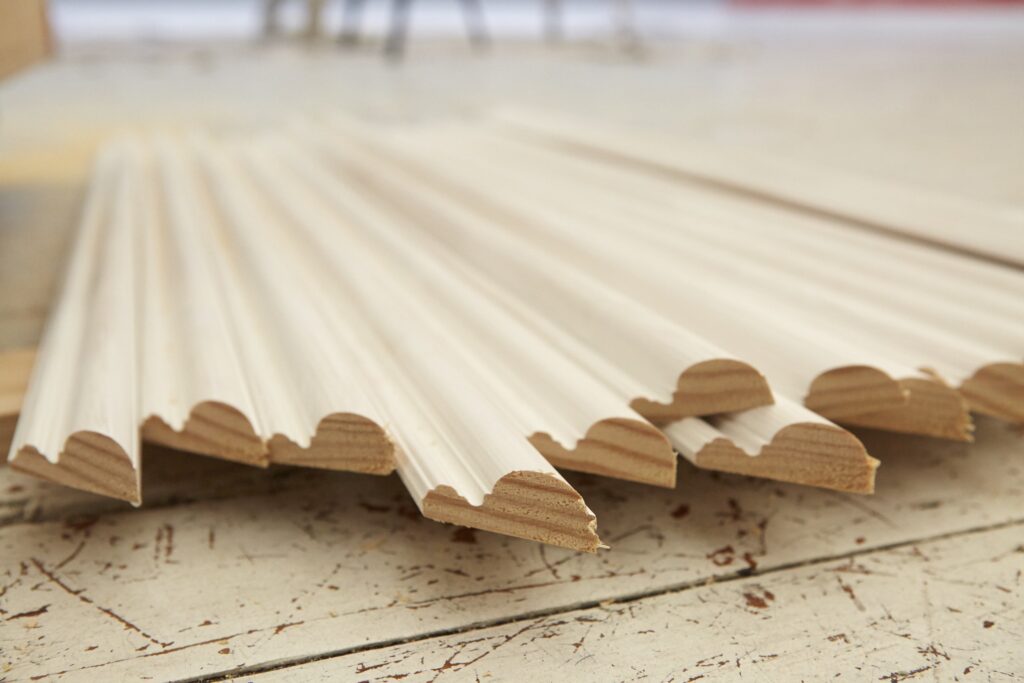Pinus Radiata
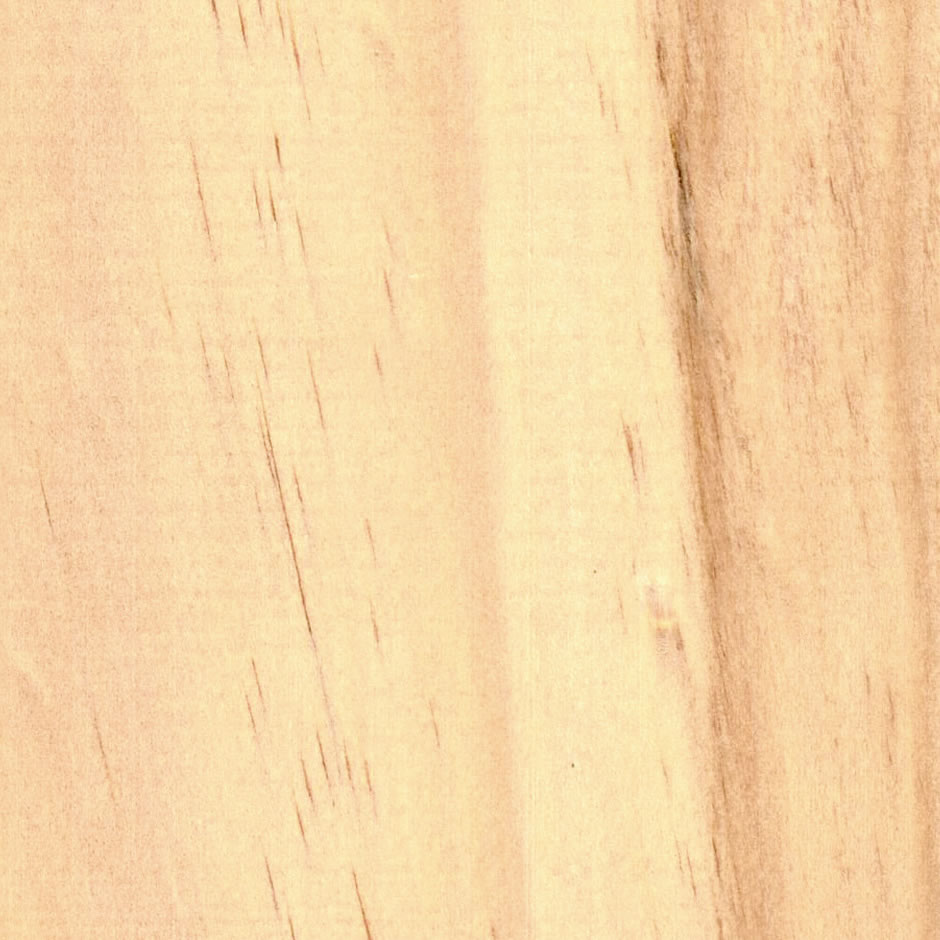
Technical Features
Radiata Pine is a soft and low density timber, with wide annual growth rings. It is a low durability Class 4 timber. Its grain is usually straight, and while knots are common in this timber Porta’s Clear Pine is select grade and therefore free of knots. Porta grades Pine timber according to the Australian standard AS 4785.2- 2006. Select grade features very few marks and natural characteristics, making it a stronger, cleaner and a more versatile timber.
Visual Features
Clear Pine is typically a cream to light-straw in colour. It is a knot-free product which is easier to work compared to knotty pine.
Workability
Very easy to work with standard tools. Its low density means it is easy to nail and holds screws very well. It can be successfully stained, painted, waxed or colour-washed. It glues with commonly available adhesives and stains well, and its open grain accepts preservative treatments (see Porta’s Treated Pine). Clear Pine is not a suitable timber for bending. We recommend using oil-based stain finishes as water-based stains may produce a blotchy appearance.
Applications
Clear Pine is suitable for use as mouldings, decorative trim, panelling, internal joinery, cladding, toy making and numerous other DIY projects. It is suitable for wet areas with an oil-based undercoat or stain finish.
Photo Gallery
Clear Pine FAQ’s
Porta Clear Pine has fire rating properties of Spread of Flame of 7 and Smoke Developed Index of 3 under AS 3837. General guidance on the properties can be found for this and other these species at www.timber.net.au/index.php/fire-hazard-properties. Also further information can be found for a particular species at: https://www.woodsolutions.com.au/Wood-Species/.
For Clear Pine DAR or square-dressed timber, remove sharp edges by chamfering with a hand plane or sandpaper. Apply a timber stain first to provide the desired colour, then protect the surface with a clear polyurethane coating. If painting, use an oil-based undercoat first then any acrylic paint for top coats.
For decorative applications, lightly sand (sanding with the grain) then fill any holes with a wood filler. To achieve a smoother finish, wipe down with a damp cloth, allow to dry for 30 minutes to raise the grain, then sand with a garnet or aluminium oxide 220 to 240 paper. Apply an undercoat (prime) and a finishing coat, lightly sanding between coats, for a great finish.

